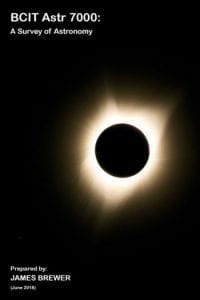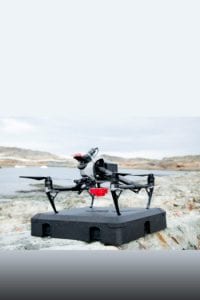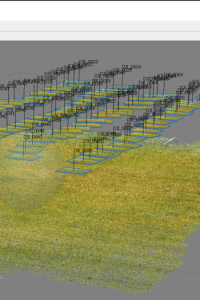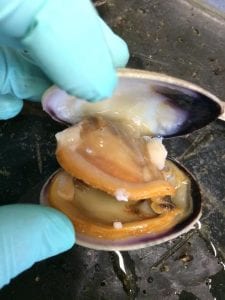See open educational resources that have been developed by BCIT faculty.
By School
School of Business + Media
School of Computing and Academic Studies
School of Construction and the Environment
School of Energy
School of Health Sciences
School of Transportation
Miscellaneous
Visit the Open BCIT Collection in the BCIT Institutional Repository.
School of Business + Media

The APP2CEO podcast was funded, in part, by an OER Grant provided by The British Columbia Institute of Technology and BCcampus Open Education. BCcampus Open Education began in 2012 as the B.C. Open Textbook Project with the goal of making post-secondary education in British Columbia more accessible by reducing students’ costs through the use of open textbooks and other OER. BCcampus supports the post-secondary institutions of British Columbia as they adapt and evolve their teaching and learning practices to enable powerful learning opportunities for the students of B.C. BCcampus Open Education is funded by the British Columbia Ministry of Advanced Education, Skills & Training, and the Hewlett Foundation. Open educational resources (OER), including open textbooks, are teaching, learning, and research resources that, through permissions granted by the copyright holder, allow others to use, distribute, keep, or make changes to them. Instructors using this book in the classroom are asked to fill out the Adoption of an Open Textbook form.
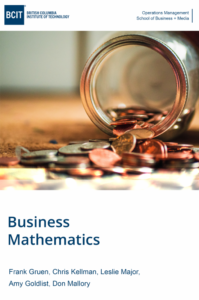
This textbook is an introduction to business mathematics. Chapters include Business Applications of Basic Mathematics, Functions and Applications, Simple Interest, Compound Interest, Annuities, and Investment Decisions.
Visit the Textbook
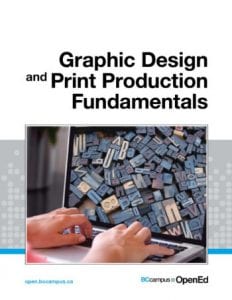
This textbook addresses the many steps of creating and then producing physical, printed, or other imaged products that people interact with on a daily basis. It covers the concept that, while most modern graphic design is created on computers using design software, the ideas and concepts don’t stay on the computer. The ideas need to be completed in the computer software, then progress to an imaging (traditionally referred to as printing) process.
Visit the textbook
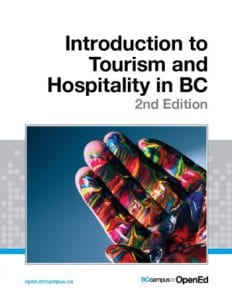
This textbook is an introduction to the tourism and hospitality industry in British Columbia, and is written with a first year college and university audience in mind. It is a collaborative work with input from educators, industry leaders, employers, and past graduates of BC’s tourism and hospitality management programs. All chapters have been reviewed by experts in the field. Each chapter is organized thematically moving from a global, then national, and finally provincial context.
Visit the Textbook
School of Computing and Academic Studies
Astronomy Worksheets and Solutions which have been adapted for use with the OpenStax Astronomy textbook.
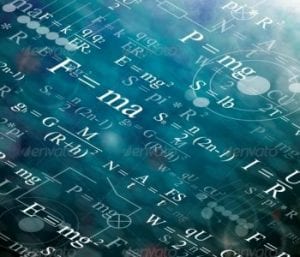
College Physics is an OpenStax resource created with several goals in mind: accessibility, affordability, customization, and student engagement—all while encouraging learners toward high levels of learning. Instructors and students alike will find that this textbook offers a strong foundation in introductory physics, with algebra as a prerequisite.
Visit the textbook
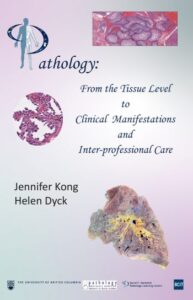
This multimedia resource provides the science behind the disease that a health care professional is managing and an explanation of the signs and symptoms a patient is experiencing, starting at the tissue level. Each disease begins with a review of normal anatomy, histology and physiology – followed by the changes the disease has on the tissue (histopathology or anatomic pathology), organ (gross pathology), and function (pathophysiology). Videos and photos of gross pathological specimens & histological slides are included in every topic, with videolessons guiding viewers on the observable pathological changes. Because working with patients in their health journey is a team affair, this resource highlights the interprofessional collaboration that occurs between health care providers. This resource includes personal interviews with many health care professionals, explaining their role in a patient’s diagnosis and/or treatment and management.
Web Development and Database Question Bank:
100 RDBM Database_Questions
50 JavaScript Questions
120 CSS and HTML Questions
20 Web Security Questions
School of Construction and the Environment
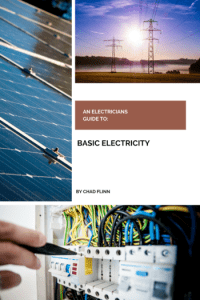
To safely work with electricity, it is important to have a grasp of the basic theories. Whether we are talking about atomic structure, electrical terms, or measurement devices, understanding the theory of electricity is a key concept. This textbook, divided into three sections, provides easy-to-understand and enjoyable lessons on atomic structure, electrical units, and measurement devices for those training and working as electricians.
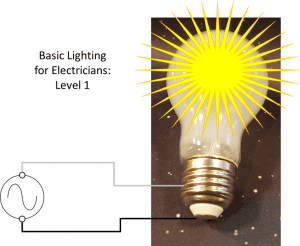
This text was written for the early term electrical apprentice or anyone who is interested in the field of lighting and lighting design. This textbook focuses on incandescent and LED light sources exclusively, as well as common switches and switching circuits used to control lighting outlets. Please see Basic Lighting for Electricians Level 2 for gas discharge lamps.
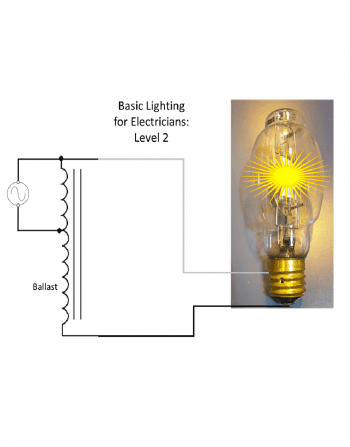
This text was written for the early term electrical apprentice or anyone who is interested in the field of lighting and lighting design. This book focuses on Gas Discharge Lamps exclusively, as well as common switches and switching circuits used to control lighting outlets. Please see Basic Lighting for Electricians Level 1 for LED and incandescent lamps.
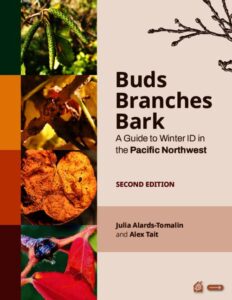
Winter plant ID is often considered more difficult, and is usually attempted by those who are already comfortable in plant identification. However, that doesn’t have to be the case! With a little practice, anyone can develop their winter identification skills.
Visit the Textbook
A reformatted version of the book is now available. This version was created with BCIT students from the Layout and InDesign, Cohort 59, Class of 2022.
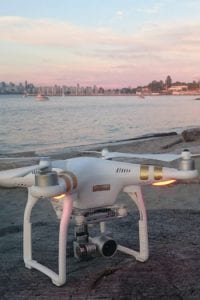 A comprehensive manual describing the process of preparing the DJI Phantom 3 Professional for photogrammetric image capture using a pre-programmed mission plan.
A comprehensive manual describing the process of preparing the DJI Phantom 3 Professional for photogrammetric image capture using a pre-programmed mission plan.
Visit the manual

Come learn plant identification skills with us! “Interviews with Plants” will assist nature enthusiasts in learning to identify native coastal British Columbia flora, including trees, shrubs, and herbs. Check back in regularly for new videos!
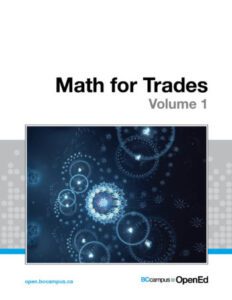
The Math for Trades: Volume 1 textbook represents the building blocks for math training. The book includes whole numbers, fractions, decimals, and percents. The material is presented from a trades perspective with easy-to-understand examples and video explanations accompanying questions. The goal of this volume is to get students prepared for the more advanced topics that they will encounter during their trades math education.
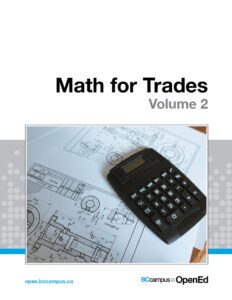
The Math for Trades: Volume 2 textbook continues where the first volume left off. Volume 2 increases the challenge with topics such as converting units and working with equations, perimeter, area, and volume. Once again the material is presented from a trades perspective with easy-to-understand examples and videos explanations accompanying questions. The goal of this volume is to take the material in Math for Trades: Volume 1 and apply it to more advanced topics that you may encounter during your trades training.
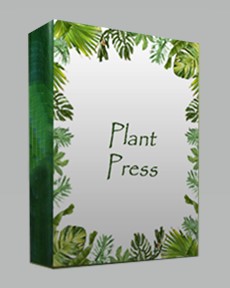
A card-based plant identification game to help you correctly identify local plants that grow across the Greater Vancouver area. Learn the common and Latin names for plants using photographs and illustrations to help you.
Play the single player game to test your memory skills and the multiplayer version to add some fun and competition. Print out the physical cards, or play online.
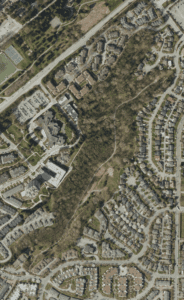
This series of maps was created as a guided tour of Metro-Vancouver areas. Each map points out different plants in the area, so people using the app will be able to follow along and walk through the tour. Maps can be used on their own, or uploaded into Avenza Maps for a more immersive experience.
Visit the maps
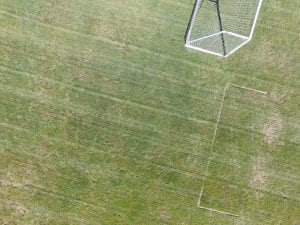
This series of manuals are intended to facilitate the safe use and teaching of unmanned aerial systems (UAS) to a wide variety of programs and teaching areas at BCIT. The ubiquitous and positively disruptive nature of UAS make them an excellent additional tool for the collection of spatially accurate data including photos and videos in a variety of applications.
Visit the manuals
School of Energy
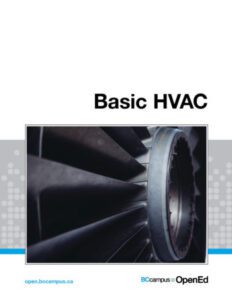
This readily accessible online introductory resource was developed for anyone who has interest in, or works with, HVAC controls and equipment. Designed for electrical and HVAC apprentices learning about the subject in school, you will find the descriptive text and original diagrams easy to navigate through, while the question bank will help students review the subject matter covered in each section.
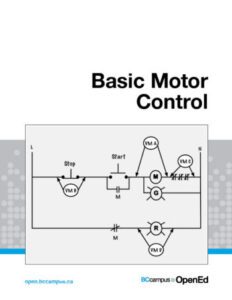
This readily accessible online resource was developed for anyone who has interest in, or works with, AC motors and their associated motor control equipment. Whether you are an electrical apprentice learning about the subject in school or a seasoned journeyperson installing equipment in the field, you will find it easy to navigate through the descriptive text, original diagrams, and explanatory videos to find the exact information you are looking for.
A Brief Introduction to Engineering Computation with MATLAB is specifically designed for students with no programming experience. However, students are expected to be proficient in First Year Mathematics and Sciences and access to good reference books are highly recommended. Students are assumed to have a working knowledge of the Mac OS X or Microsoft Windows operating systems. The strategic goal of the course and book is to provide learners with an appreciation for the role computation plays in solving engineering problems. MATLAB specific skills that students are expected to be proficient at are: write scripts to solve engineering problems including interpolation, numerical integration and regression analysis, plot graphs to visualize, analyze and present numerical data, and publish reports.
Visit the Textbook
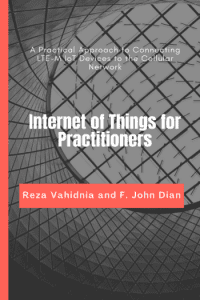
This book first describes the simplified architecture of an IoT network from the core functional perspective, then presents step-by-step procedures to establish a connection between the IoT device and platform. It practically shows how to connect a cellular IoT module to the Microsoft Azure IoT Hub using the LTE-M technology.
Visit the Textbook
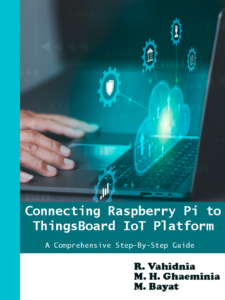
In recent years, numerous IoT (Internet of Things) platforms with diverse capabilities have been developed. This book begins by introducing the key components of an IoT platform and subsequently delves into the essential attributes of well-known platforms. Additionally, it provides guidance on selecting or creating a customized platform by highlighting important features to consider.
To initiate the exploration, the focus lies on the ThingsBoard (TB) platform due to its cost-effective subscription fees, open-source availability, and user-friendly features. The book provides an overview of TB’s subscription plans and tiers, including the option to create a free TB account for one month. This allows developers to become acquainted with the platform’s various features, such as device and dashboard creation. Demonstrating the use of Python programming language, the book showcases the development of a virtual client that emulates the publishing of sample telemetry data using the MQTT protocol. Moreover, it explores the visualization of the published telemetry data through the platform’s built-in widgets.
The final chapter of the book culminates in the development of an end-to-end IoT solution using the TB platform. It explains the process of connecting a device to the platform and sending real or synthetic data to it. Additionally, the book covers the hardware utilized for IoT applications, with a specific focus on three well-known Single-Board Computers (SBC) – Arduino, ESP32, and Raspberry Pi. It briefly evaluates the distinct features and capabilities of each SBC, ultimately selecting Raspberry Pi due to its comprehensive features, ease of use, support for Python programming, and compatibility with the TB platform. Readers will learn how to set up an MQTT client on Raspberry Pi and publish telemetry data from this client to the platform. By studying this book, readers will gain the knowledge and skills necessary to conceptualize and implement various IoT projects using the TB platform.
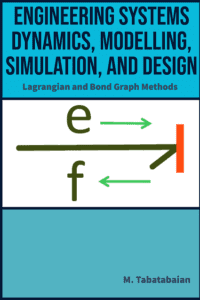
This open education resource presents effective system modelling methods, including Lagrangian and bond graph, and the application of a relevant engineering software tool, 20-sim. The content is designed for engineering students and professionals in the field to support their understanding and application of these methods for modelling, simulation, and design of engineering systems. The text also includes videos showing selected worked-out examples.
This textbook is intended to introduce the fundamentals of Mechanical Engineering Design Process that are covered and required in a typical students’ capstone design projects at introductory level. The main intention was to cover the essential subjects in a very abstract format as offed in a typical capstone design course in a two-year engineering technology diploma program. The emphasis is the view of junior mechanical designers who do not have any background and experience in this area and need a reference to manage their capstone project and organize their corresponding reports.
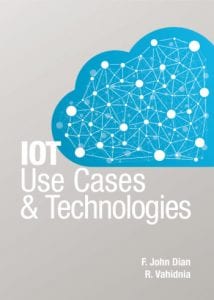
The phrase “Internet of Things” (IoT) alludes to the billions of physical devices connected to the Internet in order to exchange raw data and analyze the information. This book introduces the IoT use cases and technologies. It uses practical examples to demonstrate the effect of IoT and its potential to change our world, and it discusses the existing wired and wireless communication technologies that have enabled IoT. The book also includes multiple choice and review questions to support student learning and reflection.
Visit the textbook
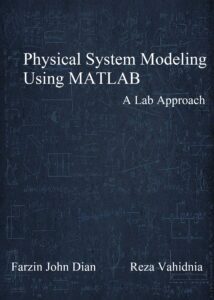
MATLAB is a powerful tool for system modeling. There are many books in the area of system modeling, MATLAB, and system modeling using MATLAB. In this book, the concept of physical system modeling is shown using MATLAB through a lab approach.
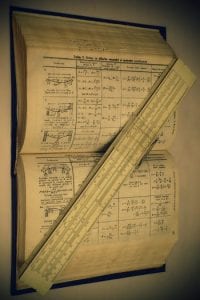 This is an adaptation, by BCIT’s Alex Podut, of the Applied Strength of Materials for Engineering Technology [PDF] by Barry Dupen and is used in teaching Strength of Materials to Power Engineering students. Adaption includes creating problem sets and adding further summaries or procedures to enhance the learning process and help to BCIT students.
This is an adaptation, by BCIT’s Alex Podut, of the Applied Strength of Materials for Engineering Technology [PDF] by Barry Dupen and is used in teaching Strength of Materials to Power Engineering students. Adaption includes creating problem sets and adding further summaries or procedures to enhance the learning process and help to BCIT students.

These Simulator Laboratory Worksheets are open educational resources that align with BCIT’s Power Engineering Thermodynamics and Thermal Power Plant Simulator courses. We have limited time to teach theory and we also have to offer practical skills to our students, so having as many SIM LABS as possible can bring those challenging concepts closer to our students and enhance their hands-on skills.
Visit the Lab Worksheets

To understand electrical theory, it is important to have a grasp of trigonometry. Whether we are talking about single phase or polyphase power, trigonometry is a key concept. This textbook, divided into three sections, provides easy-to-understand and enjoyable lessons on trigonometry, vectors and AC generation for those training and working as electricians.
School of Health Sciences
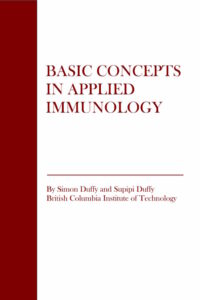
This resource aims to provide an overview of the principles of immunology and their applications in a simplified format suitable for allied health professionals.
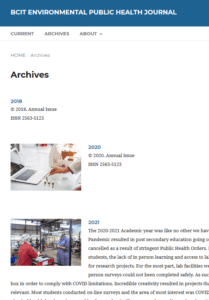
BCIT Environmental Public Health Journal is an annual journal featuring Public Health articles written by students based on their research.
Visit the Journal

This open educational resource (OER) was developed to ensure best practice and quality care based on the latest evidence, and to address inconsistencies in how clinical health care skills are taught and practised in the clinical setting. The checklist approach, used in this textbook, aims to provide standardized processes for clinical skills and to help nursing schools and clinical practice partners keep procedural practice current.
Visit the Textbook
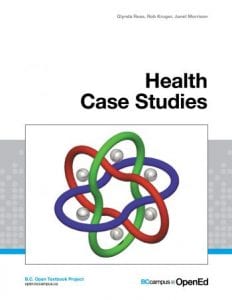
Health Case Studies is composed of eight separate health case studies that align with the open textbooks Clinical Procedures for Safer Patient Care and Anatomy and Physiology: OpenStax. Each case study includes the patient narrative or story that models the best practice (at the time of publishing) in healthcare settings. Associated with each case is a set of specific learning objectives to support learning and facilitate educational strategies and evaluation.
Visit the Textbook
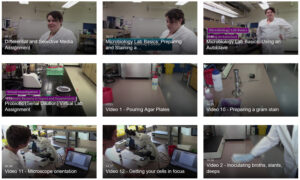 The Introductory Microbiology project is a series of video tutorials and online assignments that highlight the basic skills and techniques learned in an introductory microbiology library. Topics include aseptic transfer of microbes, enumerating microbes, safe operation of an autoclave, safe operation and calibration of a compound microscope, differential and selective medias, and a virtual lab to identify unknown microorganisms.
The Introductory Microbiology project is a series of video tutorials and online assignments that highlight the basic skills and techniques learned in an introductory microbiology library. Topics include aseptic transfer of microbes, enumerating microbes, safe operation of an autoclave, safe operation and calibration of a compound microscope, differential and selective medias, and a virtual lab to identify unknown microorganisms.
Visit the Media Collection
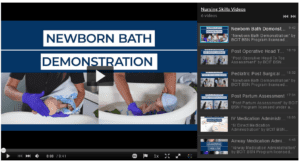
BSN instructors developed six videos that demonstrate complex skills nursing students need to learn and practice, such as how to bathe a newborn or perform a postpartum assessment.
This project was the recipient of a BCcampus Award for Excellence in Open Education. Congratulations to all the team members!
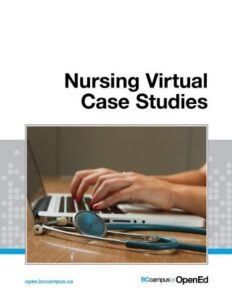
These learner paced, interactive virtual branching case studies aim to help learners develop their noticing and clinical judgment skills. Each case study is designed to work with a specific level of learner (novice to advanced) and uses a variety of resources to help learners prepare for the experience and reflect on their actions. Concepts of patient-centered care, communication, safety and health and illness are used to demonstrate how care is provided in a variety of health care settings across the lifespan (community and acute care).
Visit the Case Studies

This multimedia resource provides the science behind the disease that a health care professional is managing and an explanation of the signs and symptoms a patient is experiencing, starting at the tissue level. Each disease begins with a review of normal anatomy, histology and physiology – followed by the changes the disease has on the tissue (histopathology or anatomic pathology), organ (gross pathology), and function (pathophysiology). Videos and photos of gross pathological specimens & histological slides are included in every topic, with videolessons guiding viewers on the observable pathological changes. Because working with patients in their health journey is a team affair, this resource highlights the interprofessional collaboration that occurs between health care providers. This resource includes personal interviews with many health care professionals, explaining their role in a patient’s diagnosis and/or treatment and management.
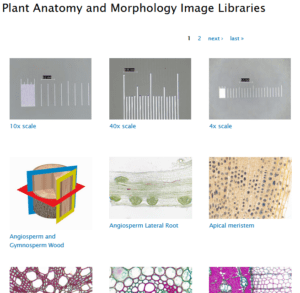 The Plant Anatomy and Morphology Images Libraries consist of sixteen images to help students master key plant anatomy concepts.
The Plant Anatomy and Morphology Images Libraries consist of sixteen images to help students master key plant anatomy concepts.
Visit the Image Libraries
School of Transportation

Starting up the plant from the “Dead Ship” to the “Port Condition”. The intention of this Manual is to supplement any Marine Engineering Knowledge course that contain Steam Knowledge component. The exercises will bring hands on element into theoretical study with high degree of fidelity. It would be particularly useful to students in the Marine Engineering Cadet Program in their year 3 and 4 of studies.
Simulator lab exercises (SIM LABS) that can be used as ancillary resources for all Propulsion plant simulator courses as well as Engineering knowledge courses.
Student Success
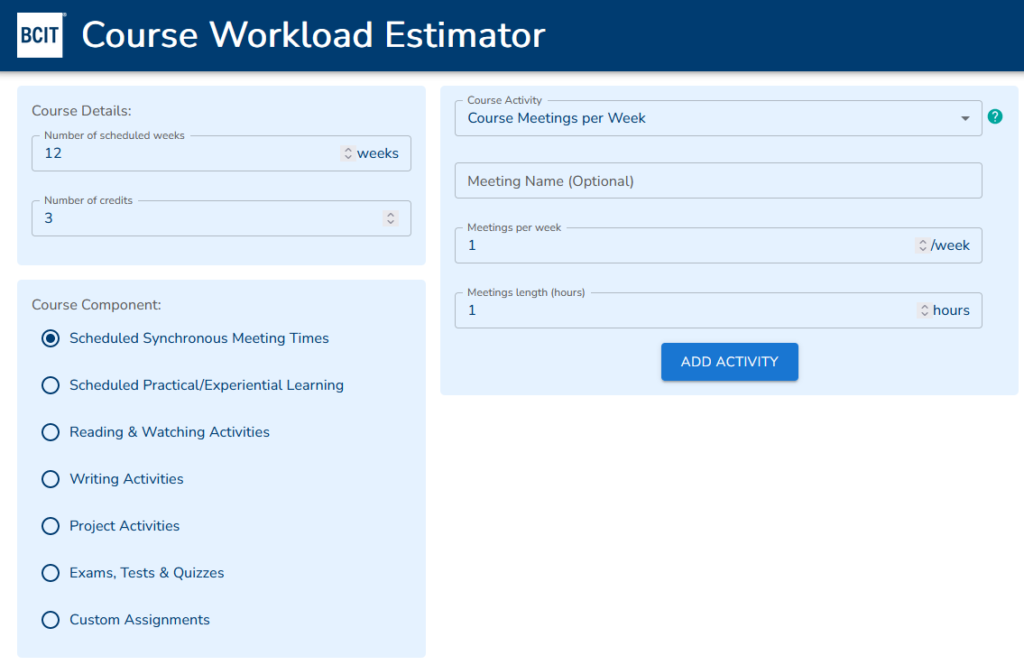
The Course Workload Estimator is a tool for instructors to use to estimate the total course workload for students to complete the course. It was developed by the Learning and Teaching Centre.
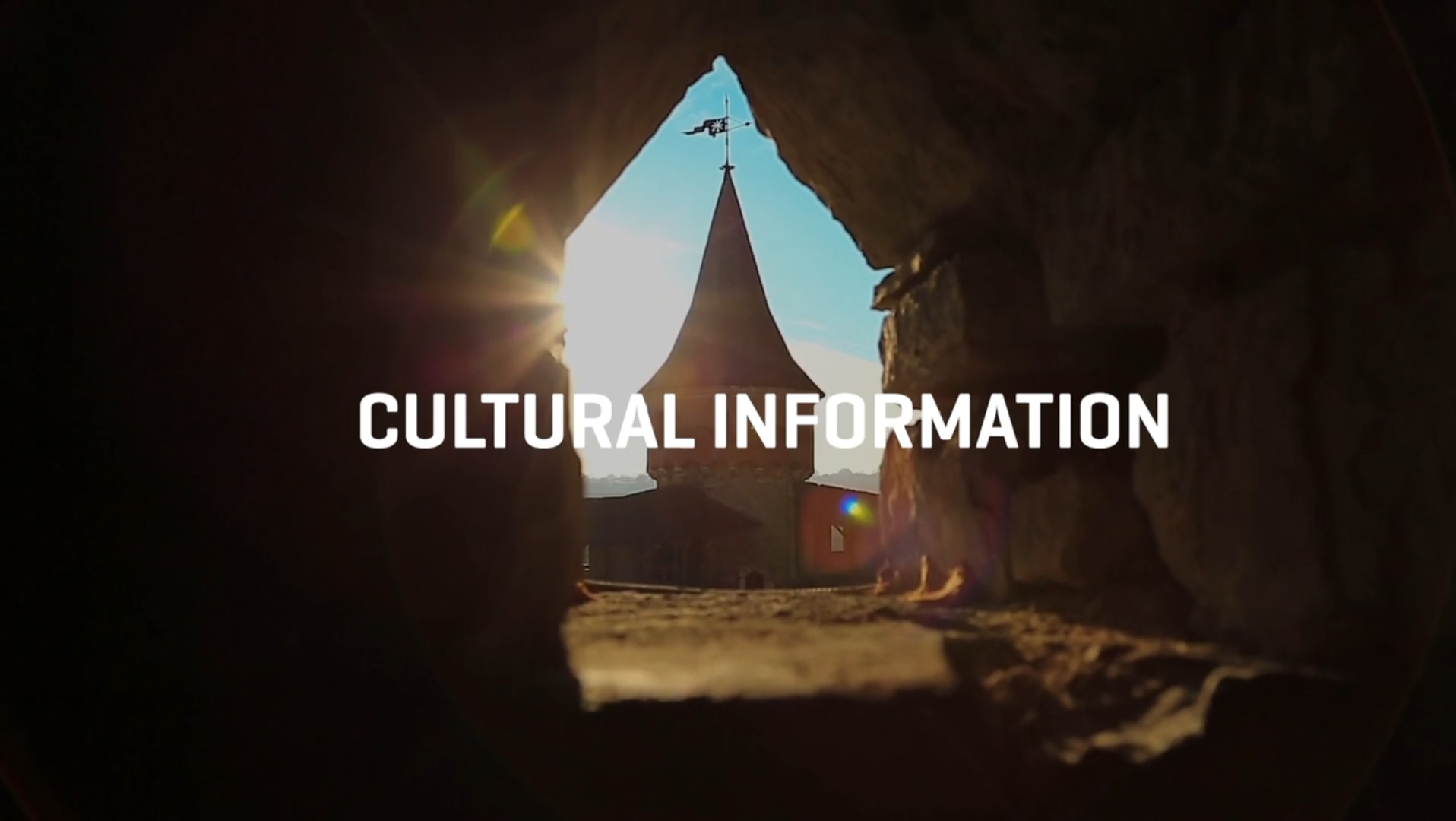
This video series was made to enhance intercultural competence of BCIT students, faculty, and staff by creating short videos with a focus on cultural dimensions and their impact the individual and teams. In a globalized world characterized by the integration of business and markets, the increasing flow of people and capital around the world, the ability to work, manage, and communicate in multicultural environments has become a key prerequisite for a successful career in any field or industry.
Cultural Diversity – Introduction
Cultural Diversity – China
Cultural Diversity – Brazil
Cultural Diversity – India
Cultural Diversity – Iran
Cultural Diversity – Mexico

This book has been broken down into two categories. Leadership and Business. Students will need to learn both to be successful. They started with leadership as everything rises or falls with leadership and students leading themselves is the most important step in learning to lead others. They finish off with some basic business concepts. Get these foundational pieces right will be essential for the rest of what students build.
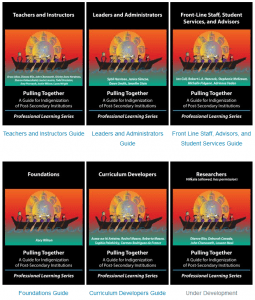
These guides are the result of a collaboration between BCcampus and the Ministry of Advanced Education and Skills Training. The project was led by a steering committee of Indigenous education leaders from BC universities, colleges, and institutes, the First Nations Education Steering Committee, the Indigenous Adult and Higher Learning Association, and Métis Nation BC.
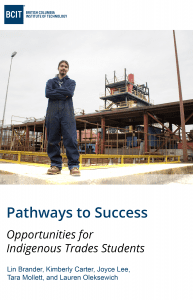
In the spirit of reconciliation and through recognizing that many Indigenous students are disadvantaged and experience barriers to employment and wellness that others do not, the intention of these modules is to support Indigenous trades students in their journey from the classroom and into the workplace. These modules are designed to encourage wellness and instill confidence by focusing on skills and activities that promote success both in life and in the workplace.
